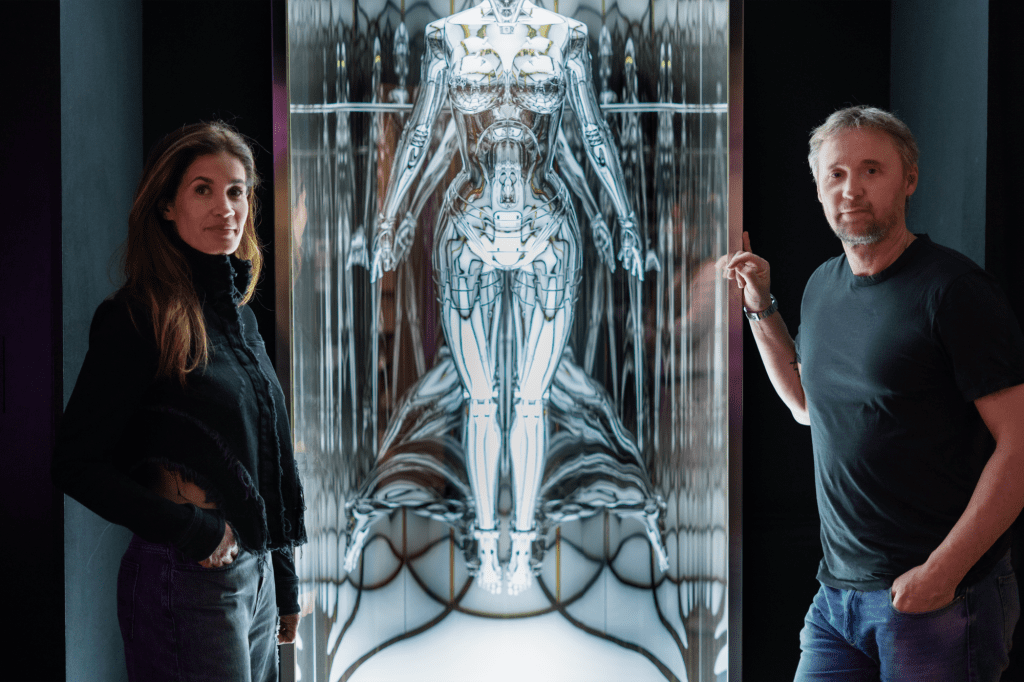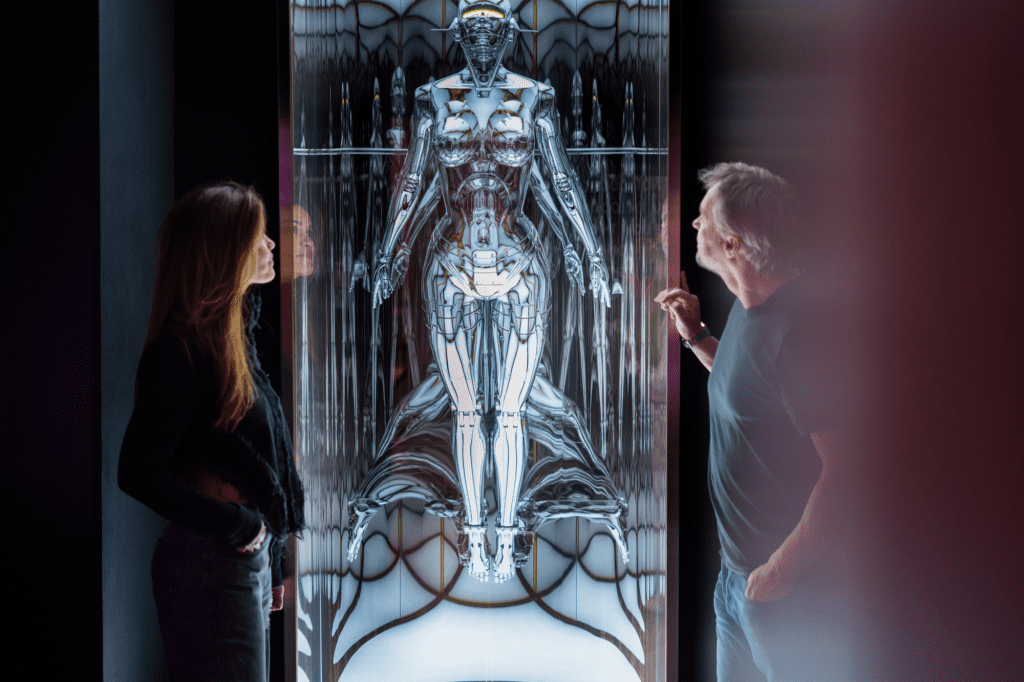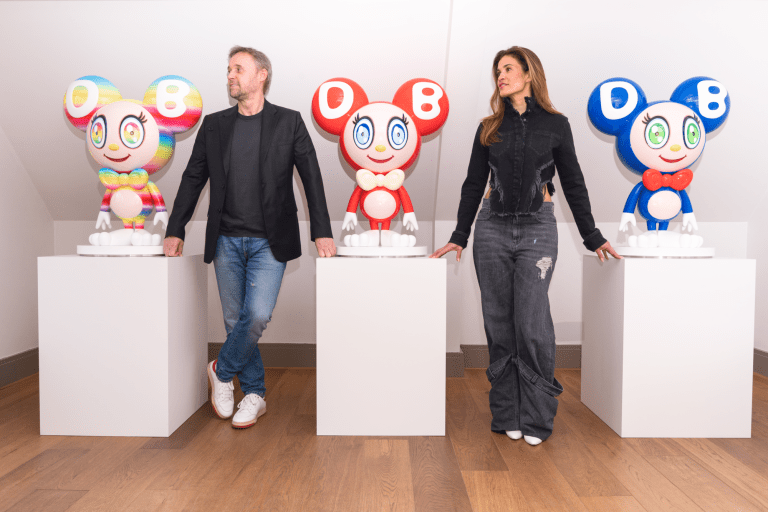

Moco Museum, founded by Kim and Lionel Logchies, has become a significant cultural landmark since its inception in Amsterdam in 2016. Renowned for its innovative exhibitions featuring iconic artists like Banksy and Warhol, the museum has expanded to Barcelona and will soon open in London, reflecting its mission to make art accessible and engaging for a broad audience.
hube: Can you tell us what inspired you to establish the Moco Museum and what drove your decision to focus on modern and contemporary art?
Lionel Logchies & Kim Logchies: We have been gallery owners for 20 years in the Netherlands and regularly see over 1,000 visitors a day. Our visitors were often young people who travelled across the country to see the art but couldn’t necessarily afford to buy it. We saw this as a way to share our passion and make a broader impact. Starting our own museum in Amsterdam felt like the next logical step, allowing us to create immersive experiences and share modern and contemporary art with a wider audience. MoCo stands for Modern Contemporary, reflecting our love for both. Lionel leans more towards modern art, while I’m drawn to ultra-contemporary works, even those that feel like they come from the future. This dynamic keeps our collection fresh and forward-thinking. We now have two locations in Amsterdam and Barcelona, and this summer we will open our biggest location in the heart of London.
h: Moco Museum is known for exhibiting works by iconic artists like Banksy, Jean-Michel Basquiat, and Andy Warhol. As founders of a museum that celebrates modern and contemporary art, how do you define the boundary between artistic expression and societal responsibility? What considerations guide your curation and exhibition choices in this regard?
LL&KL: We curate with our visitors in mind, knowing they have limited time to experience our exhibitions and a majority are first-time museum visitors. We focus on pieces that resonate, that evoke emotion and that have a certain energy. Every piece we select has a unique voice and we aim to create a balanced experience with works that are both visually stunning and thought-provoking. We believe art has a responsibility to challenge, inspire and even provoke. Our exhibitions often include works that encourage reflection on current societal issues, such as Robbie Williams’ first solo show addressing mental health, while also showcasing artists who are shaping the art world today. We are also committed to diversifying our collection, adding more female artists and artists from underrepresented backgrounds.

